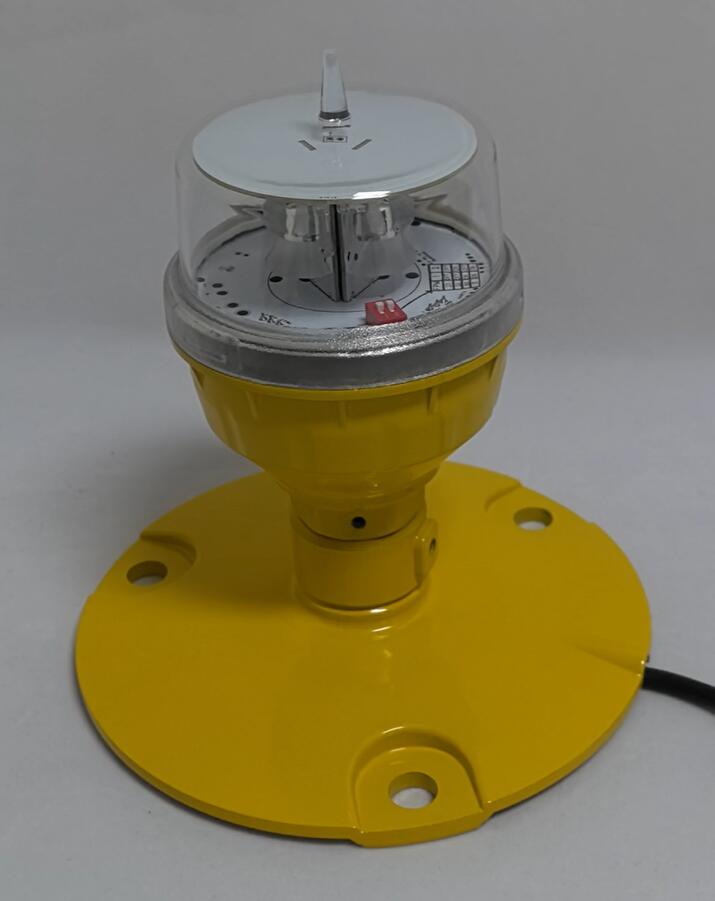In the world of aviation, precision and safety are of utmost importance. Heliports play a crucial role in various operations, from emergency medical services to corporate transportation. One key element that ensures the safety of heliports is the heliport perimeter light.
The heliport perimeter light serves as a visual guide for pilots, helping them navigate and land safely. These lights are strategically placed around the perimeter of the heliport, creating a distinct boundary that can be easily seen from the air. They act as beacons, guiding pilots towards the landing area and away from potential hazards.
One of the main functions of the heliport perimeter light is to provide visibility during low-light conditions. Whether it's at night, in fog, or during heavy rain, these lights ensure that pilots can clearly see the boundaries of the heliport. This is essential for safe takeoffs and landings, as it helps pilots avoid obstacles and stay on course.
Heliport perimeter lights are designed to be highly durable and reliable. They are built to withstand harsh weather conditions, including strong winds, heavy rain, and extreme temperatures. This durability is crucial, as heliports are often located in exposed areas where they are subjected to the elements. The lights are also designed to be energy-efficient, using advanced LED technology to provide bright illumination while minimizing power consumption.

In addition to guiding pilots, heliport perimeter lights also serve as a safety measure for ground personnel. They help define the boundaries of the heliport, ensuring that people on the ground stay clear of potential danger areas. This is especially important during takeoff and landing, when helicopters generate strong winds and can pose a risk to those in close proximity.
| Heliport perimeter lights | 45f |
The installation and maintenance of heliport perimeter lights are also critical aspects of ensuring their effectiveness. Professional installation by experienced technicians is necessary to ensure that the lights are placed correctly and function properly. Regular maintenance checks should be conducted to inspect for any damage or malfunctions and replace bulbs or components as needed. This proactive approach can help ensure that the lights are always in top condition and ready to perform when needed.
Another important consideration is the color and intensity of the heliport perimeter lights. Different colors can be used to convey specific meanings or warnings. For example, red lights may indicate a restricted area, while green lights may indicate a safe path. The intensity of the lights can also be adjusted depending on the surrounding environment and visibility conditions. This flexibility allows heliport operators to customize the lighting system to meet their specific needs.
In conclusion, the heliport perimeter light is an essential component of heliport safety. Its role in providing visibility, guiding pilots, and protecting ground personnel cannot be overstated. As the demand for helicopter transportation continues to grow, it is crucial that we pay attention to the importance of these lights and ensure that they are properly installed and maintained. By doing so, we can help create a safer and more efficient aviation environment for all.